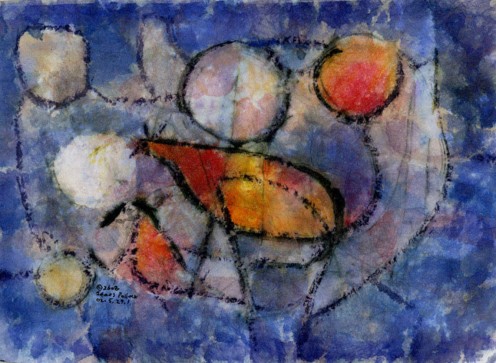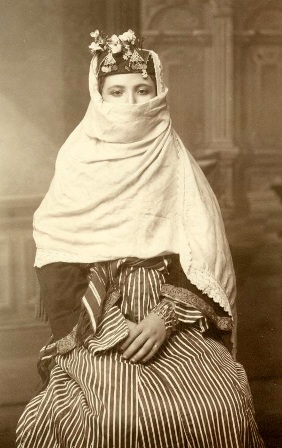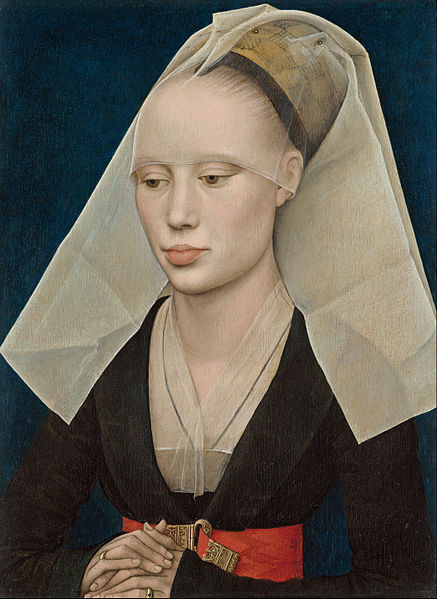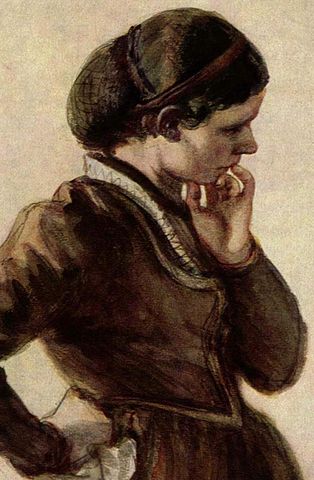Headscarves Are Still The Rage
Headscarves are not Passé
You may be under the impression headscarves or
head coverings are old school. Nothing could be further from the truth.

How Many Headscarves Do You Own?
More Than Just a Fashion Accessory
Headscarves are a wardrobe necessity and an essential wardrobe item for a great deal of women, divas, fashionistas, and celebrities.
Moreover, the headscarf is a beautiful hair accessory. Plus a wonderful cover-up when you don’t feel like combing your hair.
It’s quite convenient when you’re crunched for time. Besides a life saver when you’re experiencing a health challenge. And wearing a wig is definitely out of the question.
Recently, the headscarf has become a symbol of protest too. As a number of women are wearing them to demonstrate against the excessive sexualization of females in the mass media.
And lately, the wearing of the hijab has morphed into a political controversy as well. Some countries have banned them. While many Arab countries have always required women to cover their heads. The women residing in those locales usually wear hijabs or niqabs. The niqab is a head covering with a scarf attached and when worn only the eyes are exposed.
~ . ~ . ~ . ~ . ~ . ~ . ~ . ~ . ~ . ~ . ~ . ~ . ~ . ~ . ~ . ~ . ~ . ~ . ~ . ~ . ~ . ~ . ~ . ~ . ~ .

~ . ~ . ~ . ~ . ~ . ~ . ~ . ~ . ~ . ~ . ~ . ~ . ~ . ~ . ~ . ~ . ~ . ~ . ~ . ~ . ~ . ~ . ~ . ~ . ~ .
Whether women reside in the United States, Europe, the Middle East, Africa, and India, etc. A myriad of reasons exist why they adorn their heads with headscarves or head coverings. Besides protecting their hair from the blazing sun, airborne sand/soil, cold air, or the rain. However, the foremost reason is their religious doctrine, cultural tradition, or personal style.
Though the headscarf or head covering is a quintessential symbol of femininity and elegance. History shows it was politicized and employed by the powerful as a tool of oppression, victimization, and exclusion.
~ . ~ . ~ . ~ . ~ . ~ . ~ . ~ . ~ . ~ . ~ . ~ . ~ . ~ . ~ . ~ . ~ . ~ . ~ . ~ . ~ . ~ . ~ . ~ . ~ .

Prostitutes and Slave Women were Forbidden to Wear Veils
Since biblical times and the Middle Ages a woman's head covering or a lack thereof has embodied social, political, cultural, and religious implications.
For example, in some ancient societies a woman's head covering was an indication of her marital status, economic class, or whether she was chaste or not.
Furthermore, a redlipshighheels.com online article, The veil in Ancient Middle Eastern/Western Asian Cultures, wherein the piece contributed by Dr. Pamela Chabireh entitled, Women and Religions, Women’s Roles and Situations, revealed ancient Assyrian laws (circa 13th century B.C.) mandated wives, daughters, and widows to wear a veil. However, prostitutes and slave women were forbidden to do so.
~ . ~ . ~ . ~ . ~ . ~ . ~ . ~ . ~ . ~ . ~ . ~ . ~ . ~ . ~ . ~ . ~ . ~ . ~ . ~ . ~ . ~ . ~ . ~ . ~ .
The Advent of the Veil Introduced the Seclusion of Women
Additionally, Alexandra Kinias’ Wordpress article, History of the Veil Part One. Veil in the Ancient World, implied free women in ancient Assyria became isolated from their external environment. Around the time they were forced to wear veils by the government. At this point, Assyria was brimming with an avalanche of slaves. Due to the military's successful campaigns.
Consequently, the slaves functioned as house servants in the Assyrian households and ran errands. Which in turn, negated the requirement for the free women to interface with the concubines, slaves, and prostitutes at the marketplaces. Or for that matter to venture outside their homes. Hence, Kinias argues the advent of the Veil Laws also introduced the concept of seclusion of the free Assyrian women.
Also a Wikipedia article which discusses the veil indicated married Roman women wore them to signify their husbands' autonomy in the marriage. And that veillless married Roman women were in opposition to their marriages.

Aunt Jemima's Bandanna Triggered a Sense of Humiliation
~ . ~ . ~ . ~ . ~ . ~ . ~ . ~ . ~ . ~ . ~ .
If you are a black baby boomer or older, you may recall squirming on the couch, or perhaps in a chair, or maybe leaving the room. When the Aunt Jemima pancake mix or syrup commercial aired on the black and white television set.
More than likely, the white bandanna covering her head irked the heck out of you. Triggering a sense of humiliation as it reminded one of the former enslavement of their ancestors.
Who would have known decades later that Aunt Jemima's bandanna would be reclaimed and embraced. By generations of women who wear it proudly. With the knot placed in front of their foreheads and tied into a bow or swirling flower effect.
~ . ~ . ~ . ~ . ~ . ~ . ~ . ~ . ~ . ~ . ~ .~ . ~ . ~ . ~ . ~ . ~ . ~ . ~ . ~ . ~ . ~ . ~ . ~ . ~ . ~ .

Fashioned into an Assortment of Head Coverings
Over the course of time, the basic head covering or scarf made of silk and linen was transformed and fashioned into an assortment of head garments, headgear, and head coverings. Like headwraps, turbans, hijabs, burkas, niqabs, veils, nightcaps, hairnets, and hair bonnets. Entailing sheer and gauzy to heavy types of fabrics, fish netting, mesh, strips of ribbons, satin, and velvet, and thick threading.


Contrary to popular belief, the hairnet and snood were not created in the 1940s. The headgear has been around since the 16th century and was promoted during WWII. As the women with factory jobs used them to keep their hair in place.
Interestingly, an online article, History of Sleepwear, by Yvette Mahe, Ph.D., indicated nightcaps were worn by women and men in the 1400s. And from the 1570s to the late 1800s, all European and American social classes wore them as well.
As the nightcap was worn on the head while one slept. It consisted of a long piece of cloth wrapped around the head of a female and tied with a string. Whereas the male's nightcap was pointed at the end.
~ . ~ . ~ . ~ . ~ . ~ . ~ . ~ . ~ . ~ . ~ .
Quick And Stylish
The headscarf will always embody a hint of mystery and reflect an element of charm. But whatever your mode of scarf adornment, remember to place your personal stamp upon it.
References:
~. ~ . ~ . ~ . ~ . ~ . ~ . ~ . ~ . ~ . ~ . ~ . ~ . ~ . ~ . ~ . ~ . ~ . ~. ~ . ~ . ~ . ~. ~. ~.
1. redlipshighheels.com,The veil in Ancient Middle Eastern/Western Asian Cultures. Dr. Pamela Chabireh's piece, Women and Religions, Women’s Roles and Situations, February 13, 2013.
2. alexandrakinias.wordpress.com, History of the Veil Part One. Veil in the Ancient World, June 27, 2010.
3. fashionintime.org, History of Sleepwear, by Yvette Mahe, Ph.D., March 25, 2015.
4. elizabethancostume.net, 16th Century Cauls, Hairnets, and Snoods, by Drea Leed.
5. en.wikiepedia.org/wiki/Veil.
~. ~ . ~ . ~ . ~ . ~ . ~ . ~ . ~ . ~ . ~ . ~ . ~ . ~ . ~ . ~ . ~ . ~ . ~. ~ . ~ . ~ . ~. ~. ~.
© 2017 Irma Cowthern








